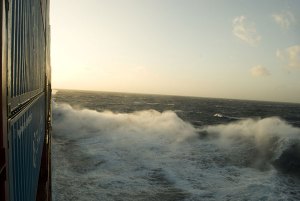It’s surprising how few real tourist attractions there are in Shanghai. In some ways the real attraction is at street level, with the bustle and noise of the markets and people. There are people who just want to head to the beach when the go abroad, and there are people who want to see and experience things. I have always been the one to go and do something. Some of my most memorable holidays away have been navigated with nothing more than an Alastair Sawday travel book or a Rough guide as a companion.
This morning I drove the camper over to the container depot at Beilun and signed all the forms, let the tires down a little (!) and backed it into a big blue container box, before a crew of men strapped it in place and closed the doors. I will next see my little friend at the port in Japan on Thursday. Well, I can’t waste time here, so I am off in a taxi to see something more interesting than an enormous, robotic crane.
As I don’t have the camper to get myself around, I made the decision to move to a hotel near the centre of Beilun last night. This is the container port that I will be leaving from in the morning at 06:35. In the hotel I manage to download the Shanghai metro app to my iPhone over wi-fi, which is actually great.
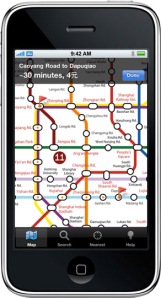 Shanghai metro app |
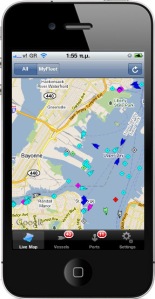 Marinetraffic app |
The taxi took me all the way into Shanghai and dropped me off near the river at The Bund. This is a popular place for tourists to visit, but in some ways it’s like walking down Wall Street without seeing anything. The Bund, meaning embankment is a section along the waterfront that has some very important buildings that mark the rise of the city outside of the old, walled city to the south.
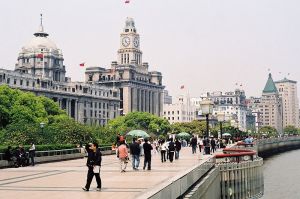 The Bund during the day. |
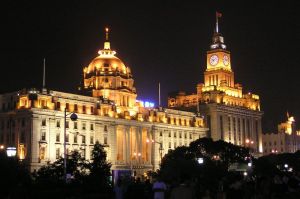 A more impressive sight at night. |
Being the largest city in China and an economically booming metropolis, Shanghai abounds in restaurants and eating places. The restaurants apart from serving delicious Chinese foods; serves Indian, Thai, Italian and French Cuisines as well. Read on to get a proper idea of what/where to eat.
Among the favourite Chinese cuisines, Ben Bang cuisine is loved by many Shanghainese. Fresh fish forms the main part of this dish. This local cuisine has a nice strong aroma. Garnished with Soya bean sauce, the dish looks great. Xiang You Shan Hu is another popular dish in Shanghai which is actually a preparation of eel. Eel is roasted in hot oil and served with a special sauce. Another hot favorite dish among Shanghai locals is Ba Bao La Jiang. Consisted of shrimp, peanuts, pork, bamboo shoot, chicken, tripe and sauce, this dish is yummy to say the least.
The city is maybe more interesting when the sun goes down. There is a lot of noise wherever you go, but that’s where the life is. After a good, very early, evening meal I negotiate a taxi back to my hotel quite early. I have to be at the port at 06:00, so need some sleep. Tomorrow, I head out into the East China Sea.









